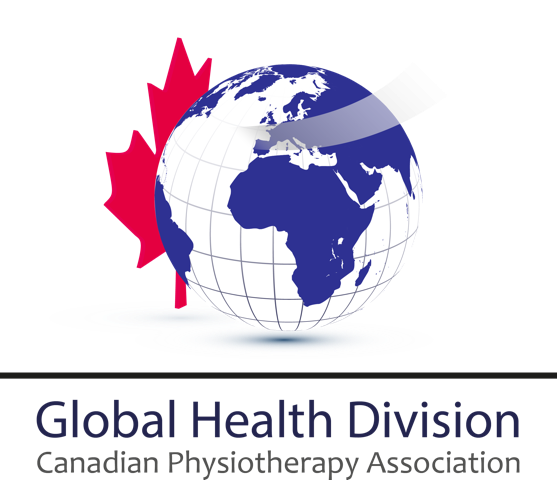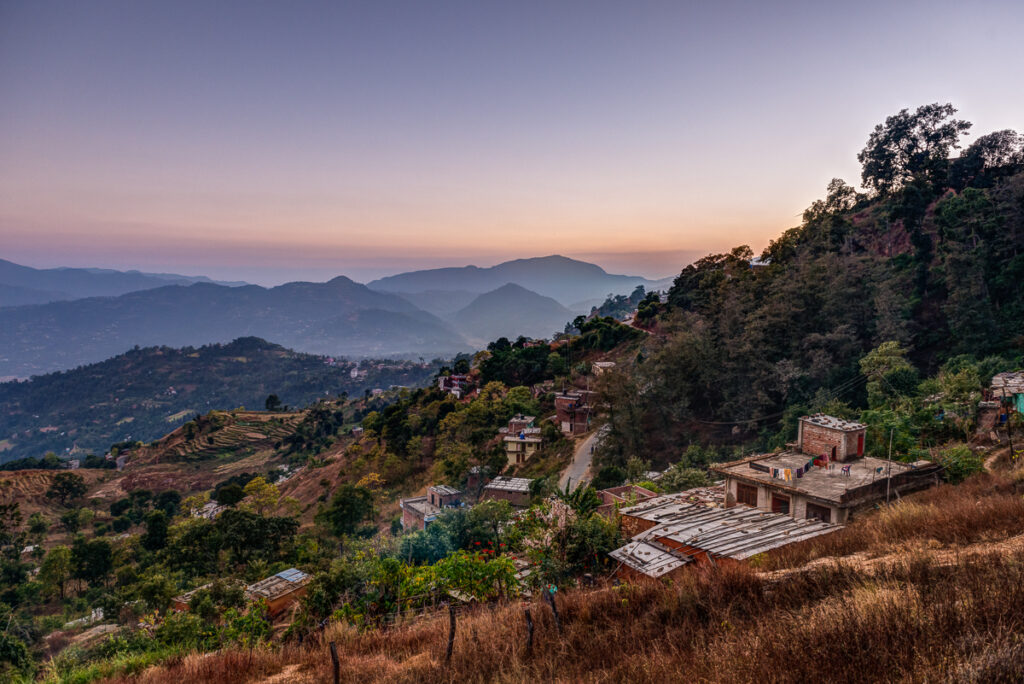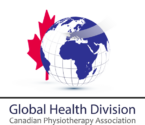About Us
What is Global Health?
“Global health” is a widely used but poorly understood term. There are many ways to conceptualize and understand global health, all of which influence how global health issues are understood and the initiatives that are generated to address them. Therefore, the Global Health Division consciously looks to social justice for guidance on our activities in an effort to promote health equity (CSDH, 2008).To elaborate, social justice refers to the equitable distribution of resources within a society that are fundamental to a person’s health and therefore investigates the sources of disparities in society and strives to eradicate them (CNA, 2010).
The Global Health Division supports the following definition of global health:
“…an area for study, research, and practice that places a priority on improving health and achieving equity in health for all people worldwide. Global health emphasises transnational health issues, determinants, and solutions; involves many disciplines within and beyond the health sciences and promotes interdisciplinary collaboration; and is a synthesis of population-based prevention with individual-level clinical care.” (Koplan et al., 2009)


“The goal of the Global Health Division (GHD) of the Canadian Physiotherapy Association (CPA) is to provide relevant information, resources and opportunities to expand the role of physical therapy around the world, especially within developing nations.“
Is Global Health the same thing as International Health?
When we think of global health, we often envision work abroad, however “[the] global in global health refers to the scope of problems, not their location” (Koplan et al., 2009). On the other hand, international health has traditionally referred to health work conducted abroad, often in resource-poor countries and focused on issues such as infectious diseases, maternal and child health and hygiene (Brown, Cueto & Fee, 2006). Therefore, although the terms global health and international health are often used interchangeably, they refer to different kinds of work.
In 2013, the International Health Division was renamed the Global Health Division, a name which more accurately reflects its vision, mission, objectives and activities. This reframing allowed for the opportunity to reflect on the global health issues within our own country. For instance, Indigenous Peoples living in Canada experience health disparities as compared to non-Indigenous Peoples (Allan & Smylie, 2015). The health and well-being of Indigenous Peoples has been, and continues to be, shaped by colonization (Mowbray, 2007). Therefore, the Indigenous Health Section was established in 2015 in an effort to equip physiotherapists with the knowledge and skills to better serve Indigenous Peoples. As well, the Indigenous Health Representative position was instituted to ensure that Indigenous voices are present within the GHD Executive Committee.
What is the role of physiotherapy in global health?
Worldwide, more than 1 billion people are estimated to live with a disability (WHO, 2011). Additionally, there is a greater prevalence of disability in resource-poor countries as compared to high-income countries (WHO, 2011). To further complicate matters, there is a significant disparity in terms of the supply of physiotherapy globally (WHO 2011). In summary, there are a lot of people living with disabilities in low-and-middle-income countries who have the potential to benefit from physiotherapy services.
Indeed, Canadian physiotherapists may have a unique and expanding role to play in global health work (Alappat et al., 2007). There are many ways that physiotherapists can participate in global health work beyond direct patient care, extending into activities such as advocating for and developing rehabilitation programmes (Alappat et al., 2007). As well, physiotherapists are increasingly involved within the international trend to implement Community Based Rehabilitation (CBR) as a strategy for sustainable and effective development of the health and social sectors.
The question is then: what skills, knowledge and qualities must physiotherapists possess in order to do ethical and effective global health work? The GHD strives to help members answer this question through providing resources via our website and monthly communications, hosting teleconferences, developing policies, encouraging networking within our members, collaborating with our international colleagues, to name a few.
References
Commission on the Social Determinants of Health (CSDH). Closing the gap in a generation: health equity through action on the social determinants of health. Final Report of the Commission on Social Determinants of Health. Geneva, World Health Organization. 2008.
Canadian Nurses Association. Social justice… A means to an end, an end in itself (2nd Edition). Ottawa, Canadian Nurses Association. 2010.
Koplan JP, Bond TC, Merson MH, Reddy S, Rodriguez MH, Sewankambo NK, Wasserheit JN: Towards a common definition of global health. Lancet 2009, 373(9679):1993-95.
Brown TM, Cueto M, Fee E. The World Health Organization and the transition from “international” to “global” public health. Am J Public Health 2006, 96(1):62–72.
Allan B, Smylie J. First Peoples, second class treatment: The role of racism in the health and well-being of Indigenous peoples in Canada [Executive Summary]. Toronto, ON, the Wellesley Institute. 2015.
Mowbray M. Social determinants and Indigenous health: the international experience and its policy implications. Report on specially prepared documents, presentations and discussions at the International Symposium on the Social Determinants of Indigenous Health. Geneva, World Health Organization Commission on Social Determinants of Health. 2007.
World Health Organization. World report on disability. Geneva, World Health Organization. 2011.
Alappat C, Siu G, Penfold A, McGovern B, McFarland J, Raman S, Landry MD. Role of Canadian Physical Therapists in Global Health Initiatives: SWOT Analysis. Physiother Can. 2007;59:272-285.
Become a member
LoginBecome a member
Login